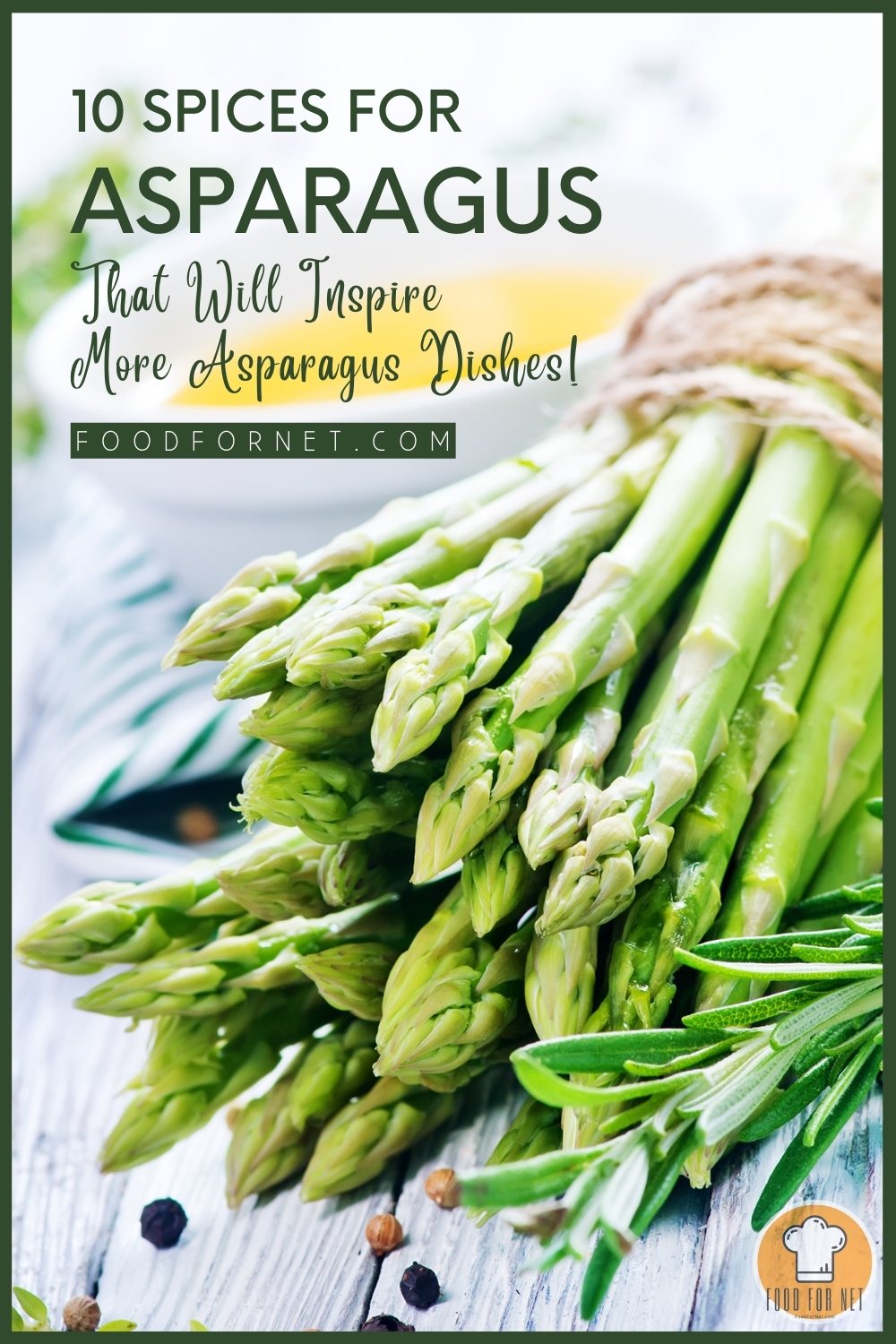
Asparagus is one of the well-known spring vegetables that you can’t help but love serving. You can actually enjoy it all year round given that it’s globally produced now. Seasoning asparagus can be a breeze as well, it goes perfectly with herbs and does really well with most spices. It’s nutritionally packed, easily available, and cooks super-fast, so, what’s not to love about asparagus, right? Some spices for asparagus will just work better though, and that’s what we’re going to look at.
Asparagus originated from Eastern Mediterranean countries and was considered to be a plant possessing sacred and aphrodisiac virtues in Ancient Greece. It was revered for its biological and pharmaceutical properties and was used to treat diarrhea and pains of the urethra. Asparagus was served to royal courts in Europe during the 16th century and was not available in local marketplaces until the 18th century.
Like we’ve previously mentioned, asparagus is now globally produced. China, Peru, and the US lead global production. But if you can spare some space in your yard, you may also want to grow it yourself, it’s a hardy perennial. In fact, a well-planned bed can last from 20-30 years – although you have to wait up to 3 years before you make your first harvest. It’s best to consume asparagus the soonest as possible because it starts to lose flavor and moisture as soon as it’s harvested. This is one of the reasons why you should opt for locally grown asparagus whenever you can.
Asparagus can be eaten raw or cooked, it simply has its pros and cons, so it’s safe to say to just enjoy asparagus sometimes raw and sometimes cooked! Cooking can soften the plant fibers and may also boost its antioxidant capabilities by 16%. However, the very process of cooking may also reduce its vitamin C content by 52%. The bottom line is it’s still healthy either way. And with just one or two spices for asparagus, it will surely taste delicious and enjoyable to eat at the same time. If you think you’re not meeting your vitamin C daily recommended intake or want to ensure you’re getting enough of it, see this list of vitamin c-rich food.
Asparagus is rich in vitamins A, C, E, K, and B vitamins (like thiamine, riboflavin, niacin, pantothenic acid, and folate). It also contains calcium, iron, phosphorus, magnesium, manganese, selenium, potassium, and zinc. It truly is quite a nutrient powerhouse. It is also known for having low calories and sodium and no cholesterol.
Having asparagus in your diet does have a lot of health benefits. It helps reduce blood pressure, improves fertility, aids in digestion, relieves hangover, maintains blood cholesterol level, help in weight loss, ease rheumatism, relieves depression, and treats urinary tract infections. However, take note that asparagus contains a carbohydrate called raffinose which can produce gas. It also contains purines which are not too good for those with uric acid-related complications like gout or kidney stones.
You can steam, boil, saute, pan-fry, or broil asparagus. You can even roast them! In fact, it’s one of the best vegetables to roast. They’re perfect for side dishes as is or as ingredients to a frittata, casserole, sauces, and one-pot meals. There are absolutely a lot of ways to enjoy this spring vegetable!
Asparagus has a distinct and quite strong taste with a somewhat bitter undertone. It tastes quite similar to broccoli or artichokes, some people even likened it to green beans. You may taste a slightly sour flavor that usually comes with spears that are older. Seasoning asparagus can be as simple as plain herbs like chives or dill, or the good old salt and pepper. But you can always spice it up for a more exciting and flavorful dish.
Here are just 10 spices for asparagus that you can try to give your regular steamed or sauteed asparagus dishes a different spin. You could even use these spices with white or purple asparagus. Get your spices ready and start planning for your next dinner. Let us know which one of the suggested recipes did you like the best.
Spices for Asparagus (With Pictures!)
Chives
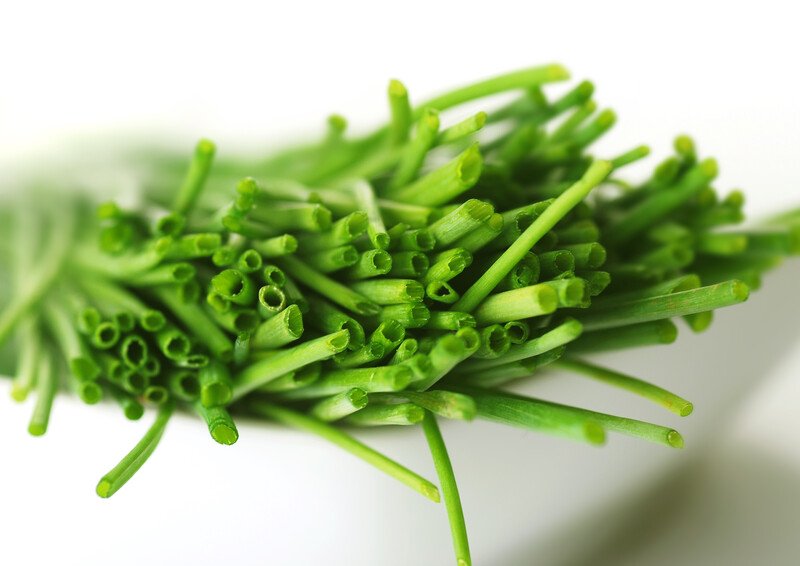
Chives is an herb with edible flowers and leaves. Its flavor is quite similar to the onion with a slightly garlicky taste. And that is quite expected because it’s closely related to scallions, onions, garlic, shallots, and leeks.
It’s rich in vitamin C, riboflavin, potassium, iron, and beta carotene. It also contains vitamin K, folate, lutein, and zeaxanthin. Chives are good for bone health and blood clotting, it also prevents age-related macular degeneration, and improve memory at the same time.
Here’s a super easy and super simple way of serving your asparagus – sometimes simplicity is really the key. Just boil them and then serve with a melted concoction of butter, chives, salt, and pepper. Of course, don’t forget the lemon!
Dill

Dill is also an herb. It belongs to the celery family and has a fresh, citrusy taste, with a slightly sweet and grassy undertone. Dill’s leaves and seeds are both used in cooking as herb and spices.
Dill is rich in antioxidants. It’s also a good source of manganese, folate, iron, and vitamins A and C. It helps in lowering blood sugar levels and in reducing inflammation. It also aids in the prevention of certain diseases including rheumatoid arthritis, heart disease, and certain types of cancer.
This asparagus appetizer calls for a number of finely chopped fresh herbs. You can make your own herb convo but this one consists of dill, tarragon, chives, and mint. It’s super quick to prepare and would be ready in literally 20 minutes. So, make sure you bookmark this recipe for times that you need an appetizer in a jiffy.
Sichuan peppercorns

Don’t mistake this spice for black pepper or chili pepper because, in spite of its name, it’s not even remotely related to either of the two. Sichuan pepper actually belongs to the family Rutaceae that includes citrus and rue. It has a citrus-like flavor with a slight pine and lavender taste to it.
It’s a good source of antioxidants and vitamin A, iron, copper, zinc, potassium, manganese, and phosphorus. It helps in stimulating circulation, eliminating inflammation, relieving toothache, reducing pain, and protecting the stomach.
Spiced up your asparagus side dish with Sichuan peppercorns in this easy stir-fried recipe. The additional flavor comes from garlic, ginger, and dried chilis. This vegan side dish can go perfectly with white rice or tofu, especially when you want to keep it vegan-friendly. It can be served with chicken of course, or fish if you wish, too.
Tarragon

Tarragon is one of the main herbs used in French cooking. This perennial herb in the sunflower family has a slightly sweet and bitter flavor with a little bit of licorice-like taste.
Tarragon contains antibacterial properties as well as nutrients like iron, manganese, and potassium. It aids in regulating sleep patterns, improving sleep, lowering blood sugar, and reducing pain associated with certain conditions like osteoarthritis.
Here’s a soup recipe that will surely warm you up with an amazing creamy but refreshing taste. This heartwarming asparagus soup is perfect with parmesan shortbread coins or if you don’t have time to make the bread, feel free to just toast some French bread rubbed with garlic and butter. For more belly-warming vegetable soup recipes see our list here.
Parsley

Parsley is an herb that can be used fresh or dried in cooking. It belongs to the family of aromatic flowering plants and is a staple in many cuisines. It has a fresh and peppery taste with an herbaceous and slightly bitter taste.
Parsley is particularly rich in vitamin K. It’s also a good source of antioxidants like flavonoids, carotenoids, and vitamins A and C. Aside from its antibacterial properties, parsley is also good for supporting and improving heart and bone health.
Bring some spring feel into your dinner table with this asparagus and herb salad. The blanched asparagus and herbs (mainly parsley, basil, and tarragon) are simply dressed with lemon and olive oil and then topped with soft-boiled eggs and chives. Absolutely delish!
Coriander seeds

Coriander seeds are derived from coriander which is an herb also used in cooking. The seeds have a warm, spicy, nutty, and slightly citrus flavor which is even more pronounced when the seeds are dry roasted first.
Coriander seeds are rich in zinc, copper, iron, and other essential minerals. It can aid in improving heart health, reducing bad cholesterol levels, and boosting the body’s metabolism.
The pickling solution for this pickled asparagus recipe includes mustard, allspice, and dill seeds along with coriander seeds. You can already guess that it’s packed with some really amazing flavors. Using cane sugar (instead of regular white sugar) also adds another depth of flavor to it.
Capers

Capers come from a perennial plant Flinders rose or caper bush, it’s actually the edible green and unripe flower buds. Capers have a tangy and sharp flavor with a lemony and herbal taste.
It’s a good source of flavonoid compounds which are potent sources of antioxidants. Capers help limit oxidative stress and reduce the risk of cardiac arrhythmia. It may even help in preventing Alzheimer’s disease and in reducing the risk of certain types of cancer.
This roasted asparagus with capers and lemon can’t get any simpler. In a matter of 12-16 minutes, you can already enjoy it with your roast chicken, grilled salmon, or perhaps your favorite cut of steak. The recipe calls for ¼ teaspoon of red-pepper flakes, but as always, you can add more if you want your dish really spicy.
Juniper berries
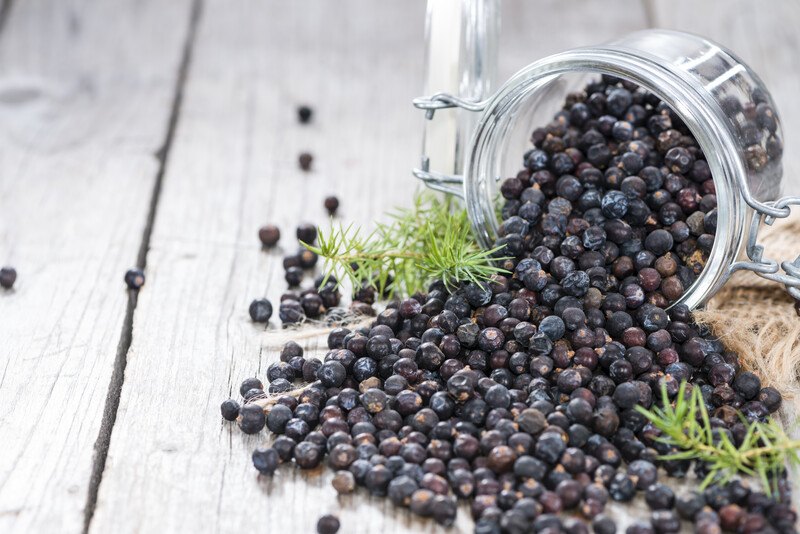
Juniper berries are the berry-like seed cones of Juniperus communis. It has a piney, fresh, and woodsy flavor with a slight spice and fruity citrus taste. As the name suggests, it has a pretty good resemblance with berries with those fleshy and merged scales.
It’s rich in B vitamins and vitamin C plus other minerals like iron, copper, calcium, magnesium, zinc, and more. Juniper berries have antiseptic, anti-inflammatory, and antimicrobial properties.
Here’s another pickled asparagus recipe. Along with juniper berries, the other spices include fennel seeds, black peppercorns, coriander seeds, and crushed red pepper flakes. This pickled asparagus is perfect for salads, sandwiches, and even for your cocktails!
Italian seasoning
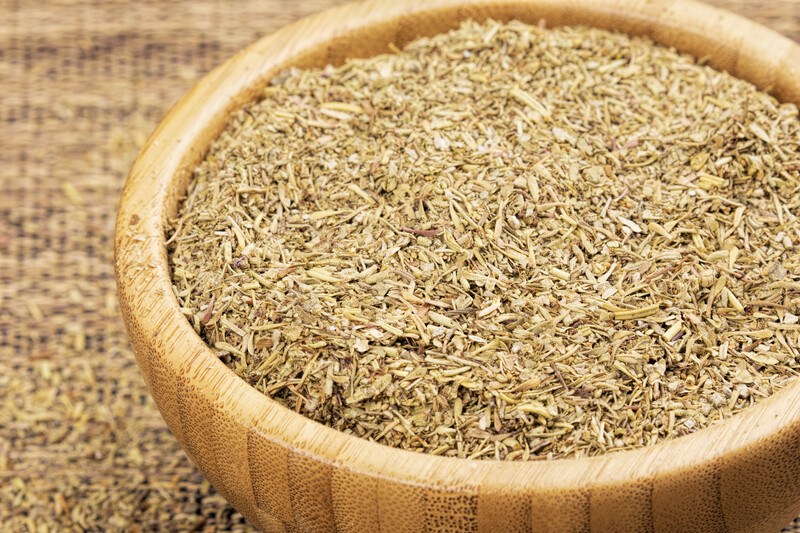
Italian seasoning is a blend of different dried herbs. The combination slightly varies but it usually has oregano, marjoram, basil, thyme, and rosemary. The flavor slightly differs depending on the herb combination used and its amount in the blend. For instance, Italian seasoning tends to taste earthy and piney when it dominantly contains oregano and thyme.
Italian seasoning is packed with antioxidants, fiber, vitamins, and minerals. And because it’s a blend of different herbs, the health benefits range from bacteria protection and gas relief to cancer prevention.
For another super quick side dish, here’s sauteed asparagus in butter, garlic, and Italian seasoning. Simply serve with freshly chopped parsley and you’re all good. Prep and cooking time only takes five minutes each, so in about 10 minutes your side dish is ready for serving. It’s perfect with your favorite pasta, fish, chicken, or seafood.
Red pepper flakes

Red pepper flakes are mainly crushed dried cayenne pepper with seeds, skin, and all. Oftentimes, it’s made from different varieties of peppers, cayenne being the dominant one. It has a slightly sharp and earthy flavor with a decent dose of spicy – about 3-4 on a scale of 1-10.
Red pepper flakes are high in antioxidants, beta carotene, cryptoxanthin, and Vitamin C. It also contains magnesium, iron, and potassium. It helps boosts the immune system, improve eye and skin health, and even aid in weight loss.
Add some heat to your grilled asparagus with red pepper flakes. The recipe calls for a teaspoon of red pepper flakes but of course, you can always add more! Make sure you nail those grill marks as its added flavor really compliments the spicy and earthy flavor coming from the peppers.
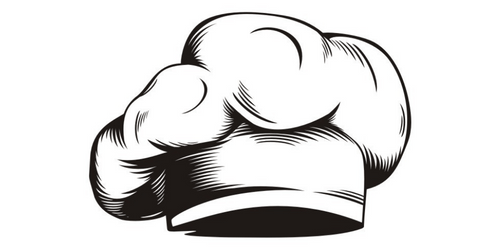






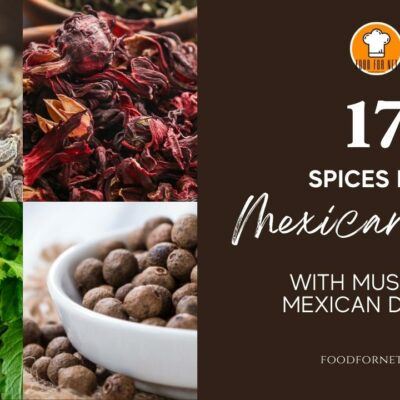




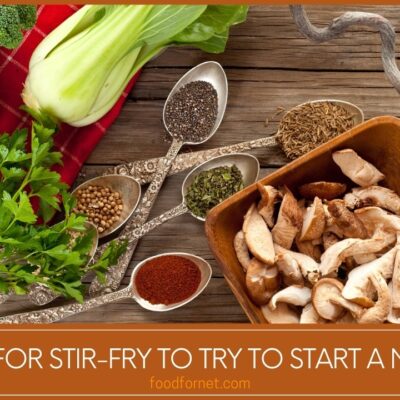
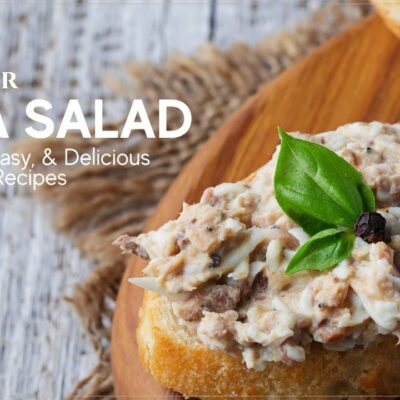


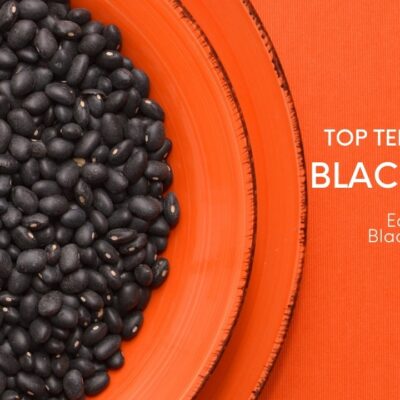
 Is Beer Good For You?
Is Beer Good For You?
Sesame goes well too, as does orange and fennel together. We also like it with lemon and fennel, or lemon and garlic.